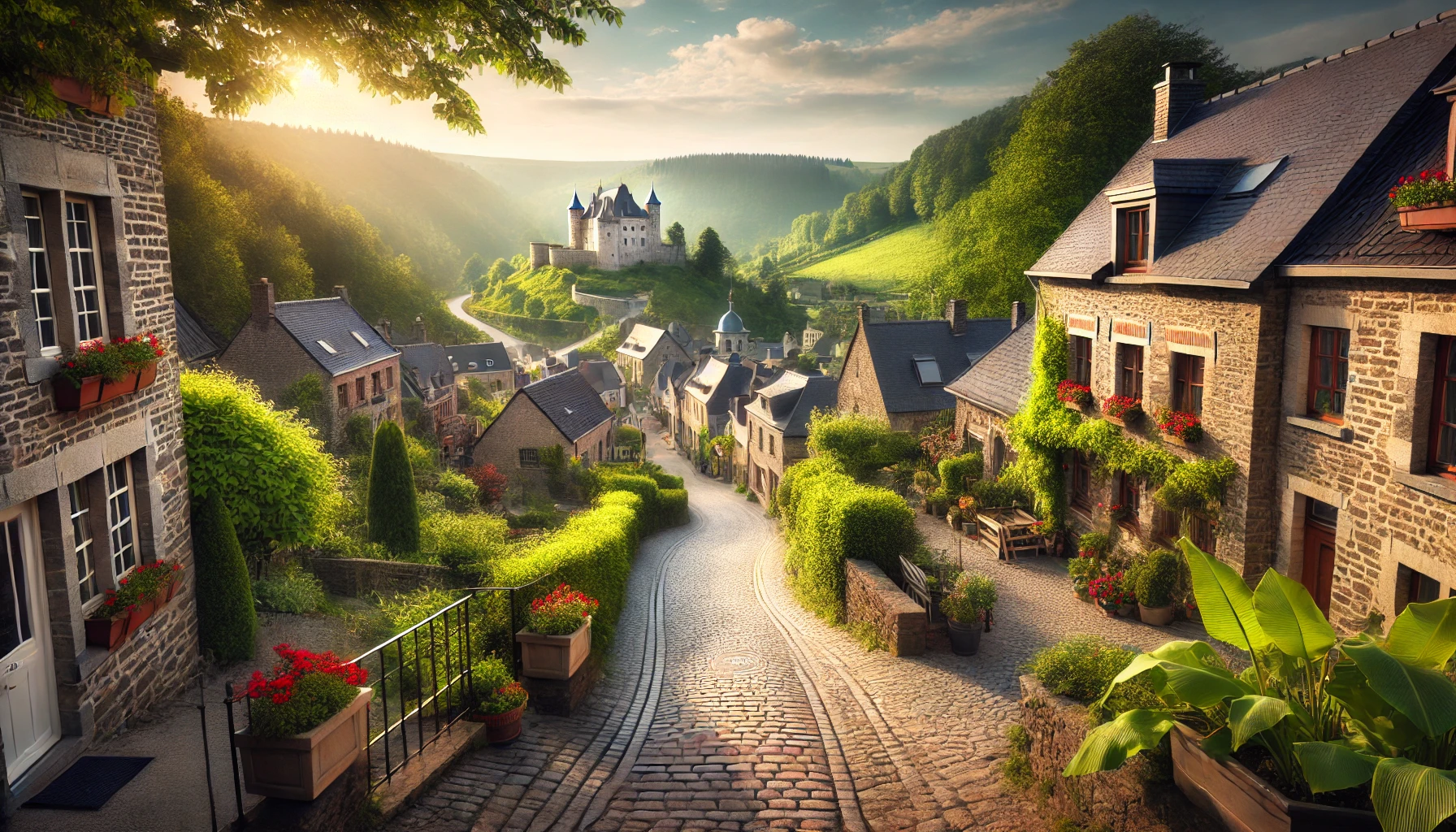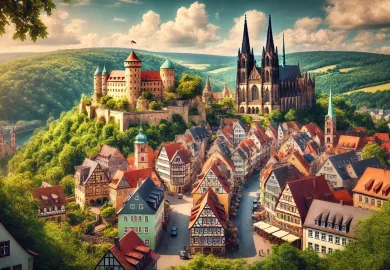
Belgium, famous for its medieval cities, world-class chocolates, and intricate lacework, has much more to offer beyond the typical tourist attractions of Brussels, Bruges, and Antwerp. Tucked away in the lush countryside and quiet corners of this small European nation are places that are often overlooked but are teeming with history, culture, and natural beauty. This guide takes you on a journey to discover Belgium’s unseen places, showcasing off-the-beaten-path destinations that deserve a spot on your travel itinerary.
Unearth the Charm of Crupet: Belgium’s Fairytale Village
Crupet is a hidden gem nestled in the Walloon region, known for its tranquil atmosphere, winding streets, and picturesque stone houses. This tiny village, often overlooked by visitors, offers an authentic taste of rural Belgium that feels straight out of a storybook.
The heart of Crupet is dominated by the Crupet Castle, a medieval fortress dating back to the 13th century. Surrounded by a moat and lush greenery, the castle looks as if it has been untouched by time. Exploring its grounds, you’ll be transported back to a bygone era, with tales of knights and legends lingering in the air.
Another highlight of Crupet is its cave grotto, dedicated to Saint Anthony of Padua. Carved into the rock, this intricate grotto is adorned with statues that depict scenes from the saint’s life. Walking through the village, you’ll encounter cobblestone streets, tiny chapels, and an ambiance that’s hard to find anywhere else in Belgium. Crupet’s peaceful surroundings make it a perfect escape from the bustling cities.
Roam Through the Forgotten Abbey of Villers-la-Ville
If you are a fan of history and architecture, the Villers Abbey in Villers-la-Ville should be at the top of your list. Though Brussels and Ghent have their fair share of ancient structures, few can match the haunting beauty of this ruined Cistercian abbey.
Founded in the 12th century, Villers Abbey was once one of the largest and most influential monasteries in Europe. Today, its towering stone walls and crumbling arches stand as a testament to its glorious past. As you walk through the ruins, you can imagine the lives of the monks who once resided there, moving silently through the cloisters.
Surrounded by woodlands and gardens, Villers Abbey offers a tranquil atmosphere that makes it easy to reflect and explore at your own pace. The site is also home to a vineyard, which produces a small amount of wine that visitors can sample. Whether you’re a history buff or simply looking for a peaceful retreat, Villers Abbey is an unseen treasure worth visiting.
Explore the Serene Beauty of the High Fens Nature Reserve
When people think of Belgium, they rarely associate it with vast natural landscapes, but the High Fens (Hautes Fagnes) challenge that perception. Located in the eastern part of the country, this nature reserve is one of Belgium’s most unique and unseen destinations.
The High Fens, also known as Belgium’s tundra, offer an otherworldly landscape of vast peat bogs, rolling hills, and windswept plateaus. It’s the perfect destination for hikers, nature lovers, and photographers seeking a more off-the-grid experience. The reserve is home to an array of wildlife, including deer, wild boar, and rare bird species, making it a prime spot for birdwatching.
During the winter months, the High Fens transform into a snowy wonderland, offering opportunities for cross-country skiing and snowshoeing. The reserve’s dramatic scenery and ever-changing landscapes make it a must-see for those looking to experience a different side of Belgium’s natural beauty.
Discover the Underground Marvels of the Caves of Han-sur-Lesse
Belgium’s cave systems are some of the most remarkable natural wonders in Europe, and the Caves of Han-sur-Lesse stand out as one of the most impressive. Situated in the Ardennes region, these caves are part of a massive underground network carved by the Lesse River over thousands of years.
What makes the Caves of Han-sur-Lesse truly special is their scale and beauty. Visitors can explore stalactites, stalagmites, and vast chambers that seem almost otherworldly. The highlight of the tour is the Dome Room, a towering cavern that stretches nearly 150 feet high.
The caves are also home to unique wildlife, including rare bat species. Outside of the cave system, you can visit the Han Wildlife Reserve, where you can spot European bison, wolves, and bears in their natural habitat. This combination of underground exploration and above-ground wildlife viewing makes Han-sur-Lesse an unforgettable destination for adventure seekers.
Belgium is a small country packed with unseen gems waiting to be discovered. Whether you’re exploring fairytale villages like Crupet, wandering through the ruins of ancient abbeys, or venturing into the country’s wild nature reserves, there’s always something new and unexpected to find. Step away from the well-trodden paths and experience the beauty of Belgium’s hidden treasures for yourself.








